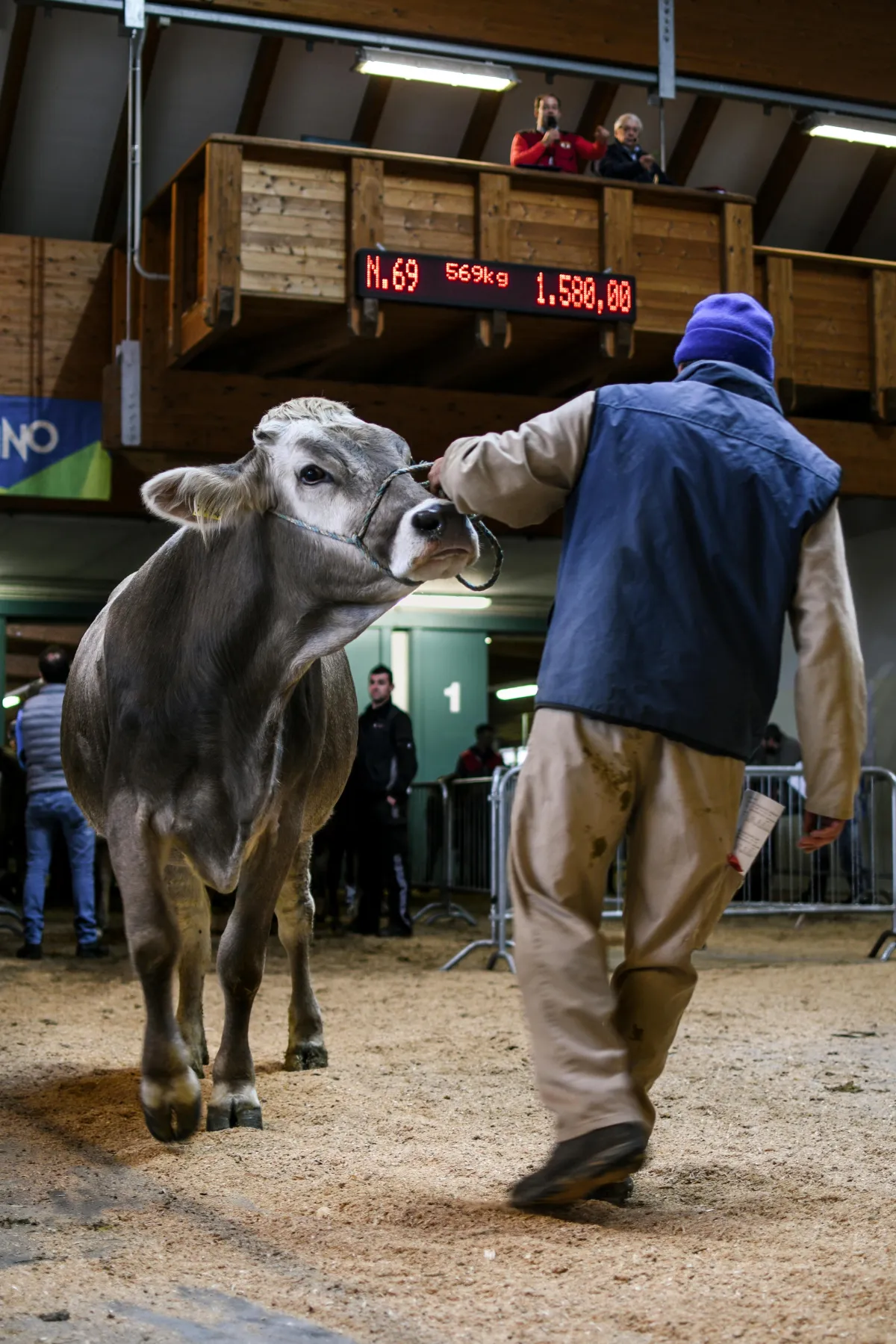
Point Reyes Dairy Buyouts Reshape California’s Farming Landscape
For generations, the windswept fields of Point Reyes were home to small family dairies, many of them organic and multigenerational. This fall, those fields are changing hands. Under a federal restoration initiative, 12 organic dairy farms covering more than 16,000 acres have agreed to multimillion-dollar buyouts, clearing the way for large-scale ecological restoration inside the national seashore.
The deal marks one of the most sweeping agricultural withdrawals in California in decades. Supporters say it is a chance to heal damaged grasslands and restore habitats critical for tule elk, migratory birds, and coastal ecosystems. Critics see it as the unraveling of a cultural and economic fabric woven into Marin County for more than a century.
The presence of cattle inside a national park has been contentious for years. Ranching families settled Point Reyes in the 1800s, long before Congress established the seashore in 1962. At that time, lawmakers allowed existing ranches to continue operating under leases. Over time, as organic dairies took root, they became emblematic of California’s local food movement. Point Reyes blue cheese, Straus milk, and Clover butter all trace part of their identity to these coastal pastures.
Yet environmental groups argued the land paid a price. Cows compacted soils, polluted waterways, and reduced habitat for native species. Litigation piled up. The National Park Service faced pressure to choose between its dual missions: preserving landscapes for future generations and honoring historic land uses. The buyouts represent its answer.
Plans for the newly retired land are ambitious. Park managers intend to deploy controlled burns, reseed native grasses, and use “virtual fencing”—a GPS-based system of collars and digital boundaries—to guide remaining cattle away from sensitive areas. The goal is to restore ecological balance while still allowing some ranching on lands not covered by the buyouts.
Scientists say the restoration could improve water quality in nearby creeks and estuaries, reduce greenhouse gas emissions tied to cattle, and create more resilient ecosystems in the face of climate change. The project will also reconnect fragmented habitats, giving tule elk and other wildlife more continuous range.
For the ranchers who accepted buyouts, the decision was anything but easy. Many families had run dairies on Point Reyes for three or four generations. Some argued they were stewards of the land, pointing out that grazing prevented shrub encroachment and maintained open landscapes cherished by visitors. Others worried that shutting down dairies would weaken Marin’s role as a hub for organic milk and cheese production.
The buyouts offer financial lifelines, but they do not resolve questions of identity. Local historians note that dairy culture has shaped Point Reyes as much as its beaches and fog. The departure of so many farms at once leaves uncertainty about who will define the seashore’s future character.
Point Reyes is not the only place where agriculture and conservation collide. Across the West, policymakers are rethinking how public lands should balance grazing with ecological protection. Similar debates are unfolding on Bureau of Land Management parcels in Nevada, Forest Service allotments in Montana, and wildlife refuges in Oregon.
The Point Reyes case could set precedent. If restoration succeeds—producing healthier ecosystems and drawing public support—other parks may pursue buyouts as a tool for conservation. If it stumbles, with ecological benefits unclear or community backlash rising, the episode may become a cautionary tale.
For now, the national seashore is entering a new chapter. Bulldozers will not reshape the land overnight. Restoration is slow work, measured in seasons and decades. Scientists warn that invasive plants and climate stress could complicate progress. Ranching will not vanish entirely either; several operations remain active under renewed leases, and cattle will still graze portions of the seashore.
What has changed is the balance of priorities. For the first time since Point Reyes was established, conservation has clearly outweighed ranching in federal decision-making. Visitors who walk the trails in years to come may see fewer cows and more tule elk, more native grassland and fewer fences. Whether they will also taste less local cheese and milk at Marin County markets remains an open question.
The outcome, like the coastal fog that rolls in each evening, is hard to pin down. But one thing is certain: the windswept peninsula is once again a testing ground for how Americans weigh the past against the future, and how farmland and wild land share the same horizon.